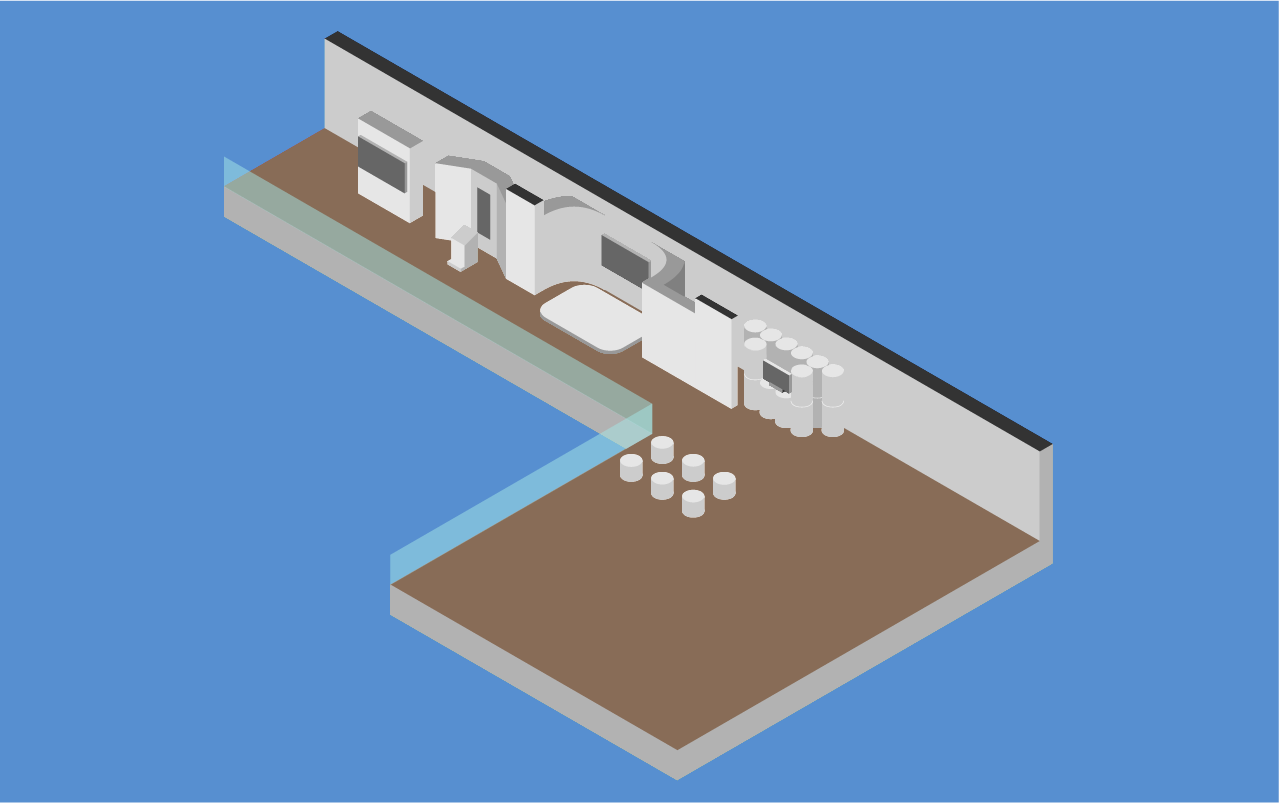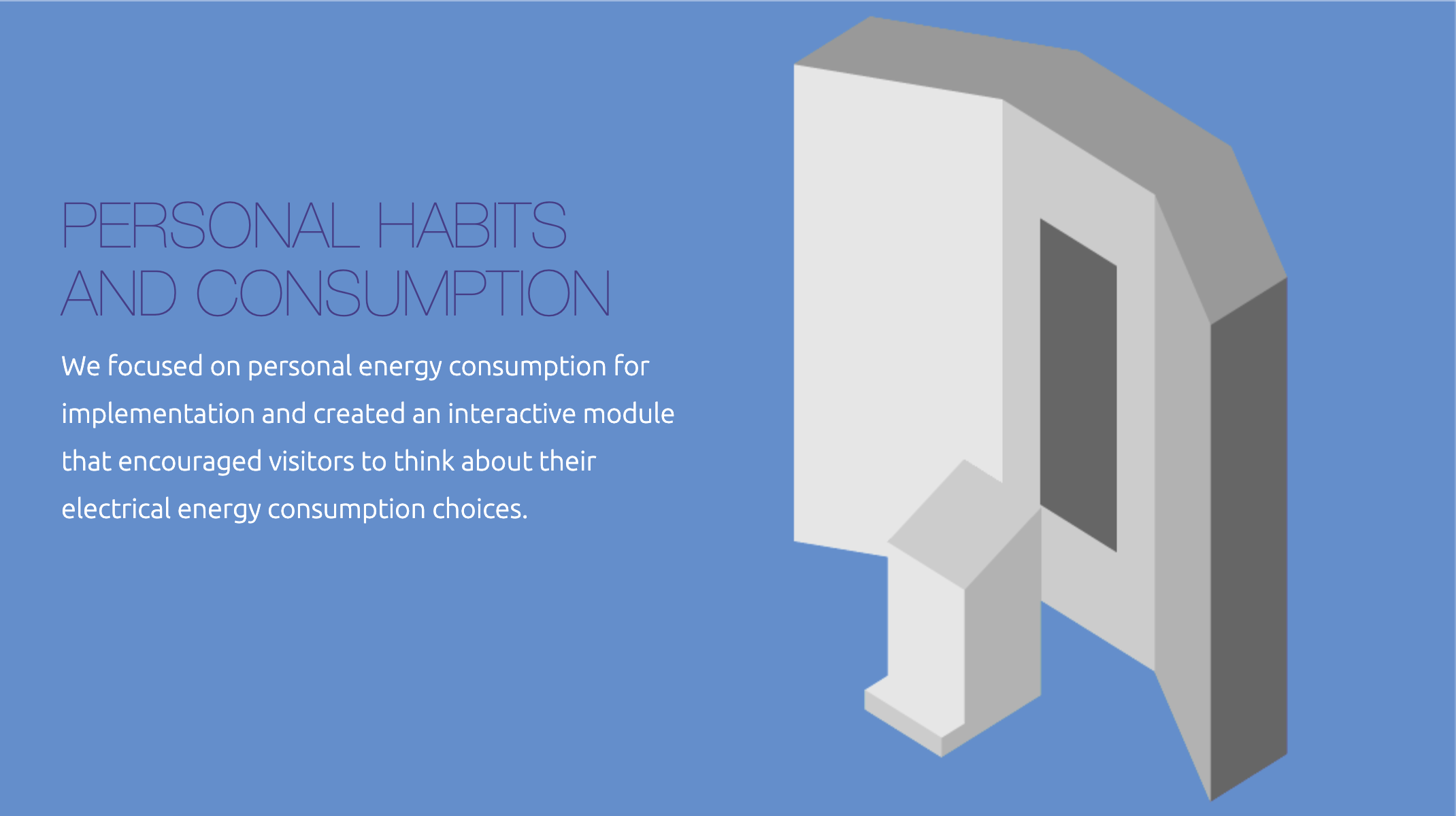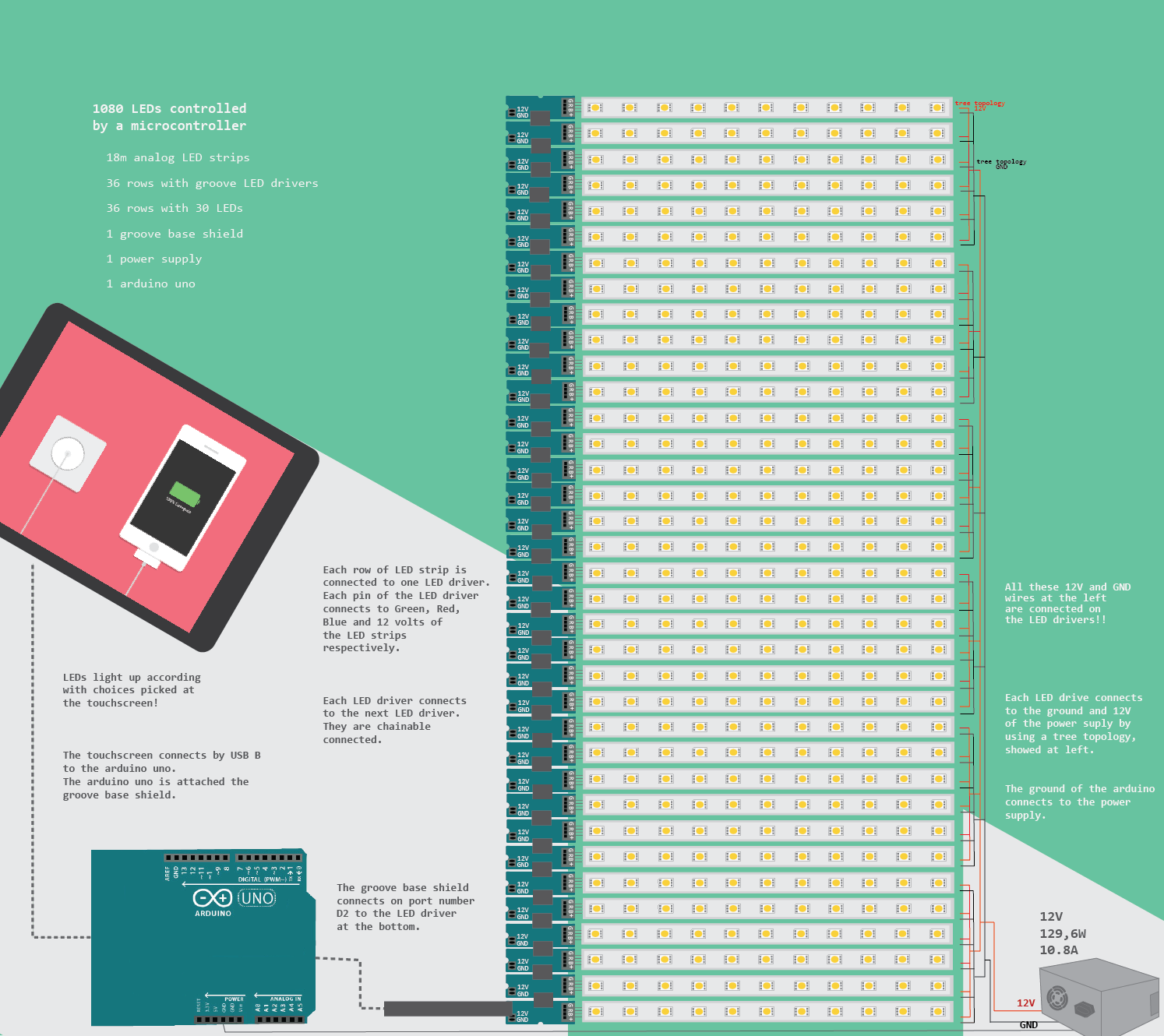This was one year long project in a multidisciplinary team. Our goal was to design an attractive and educational experience, to both youth and tourists visitors of Casa da Luz Museum, about sustainability and electricity consumption. Casa da Luz is a Science Museum with a vast collection on evolution of the electricity in Madeira Island.
I contributed on the interaction and visual design, taking lead on the development of the functional prototype, built on HTML5, Node.js and arduino plataforms. I also collaborated on the user research and usability tests.
Ux prototyper
Contextual Design
Research Methods
Storyboard
Visual Concepts
Usability Tests
Prototyping
Conducted ux research from January to June 2013 by employing Fly on the Wall, Ethnographic Interviews, Cultural Probes, Expert Research and Comparative Analysis, in order to understand our users needs, behaviors, expectations, what makes a compelling museum experience, and to gather knowledge in electricity production and sustainability.
We conducted expert interviews with engineers to understand how electricity is generated, what are the challenges that an isolated power grid faces, as well as to understand the goals for the future in electricity in Madeira. We visited two power generators and learnt how electricity is generated and distributed in the island.
In parallel we also interviewed curators, designers, and software directors in order to understand what were the challenges that designers faced while designing an exhibit, what were their process to build an exhibit, and the role of technology in a museum. This was extremely useful since this was a novel area for all members of the team.
We analyzed exhibits across six museums in Germany and Portugal, to learn about interactivity and education in museums. These exhibits were about science, educational for children, and/or educative. We documented all these exhibits and we interviewed staff and visitors from the museums and performed fly-on-the-wall, getting to know the most popular exhibits and which ones most engaged and attracted visitors.
We performed ethnographic interviews by asking questions in context to visitors, in order to determine what were the users’ attitudes, thoughts, and experiences and to capture user’s perceptions and behaviors as well as visitors takeaways from exhibits.
We did cultural probes and gathered one hundred records from the guestbook of Casa da Luz museum and we get to know which aspects felt short on visitors' expectations, which areas of the museum resonate well, and memorable experiences at the museum. The collected data was primarly from portuguese students and british tourists.
From the findings of the research we started doing brainstorming in order to come up with ideas for designing the whole experience as well as for each individual piece of the new exhibit. Over a month we did branstorming sessions either in a team or individually. I explored doing brainstorming in different places like gardens, near the ocean. We presented the ideas with clarity and passion to all members of the team and we also collected input, feedback from our peers and faculty. At the end we arranged the concepts on axes of feasibility vs. time and age group vs. interactivity and pick up the final concept.
We created a broad content narrative based on the research and then honed in on the story we wanted to tell. Conceptually the narrative goes from broad to particular — Madeira as an isolated power grid, the sources of energy, energy production and scale, and energy consumption, and personal habits and energy efficiency.


Time to test and build the solution!
We did several phases of testing in order to refine the concept. The testing was integral to the process. It helped us to to understand how users understand the interactions, concept, and high-fidelity visuals in context. We start testing with low fidelity paper prototypes, and we iterated on the levels and instructions for the touchscreen game. Could people understand how to interact with each level given simple instructions?
Through digital prototypes we refined visual details and interactive nuances. Can people find interactive elements in reasonable time? We tested with students, and I conducted the tests in portuguese.
From the user testing we received useful, detailed feedback which made us establish a clean and fun design language that works accross our target age groups. You can take a look of the final design and interactions that we came across for the touchscreen.
The touchscreen game was built using HTML5, JavaScript (CreateJS) for a Dell XPS 18' display, in a resolution of 1920x1080. The communication between the toutchscreen and the LED wall was done using Node.js. For the LED wall we considered a number of different materials and the materials chose were based on the flexibility, quality, durability, and the ability to communicate with the arduino microcontroller.
